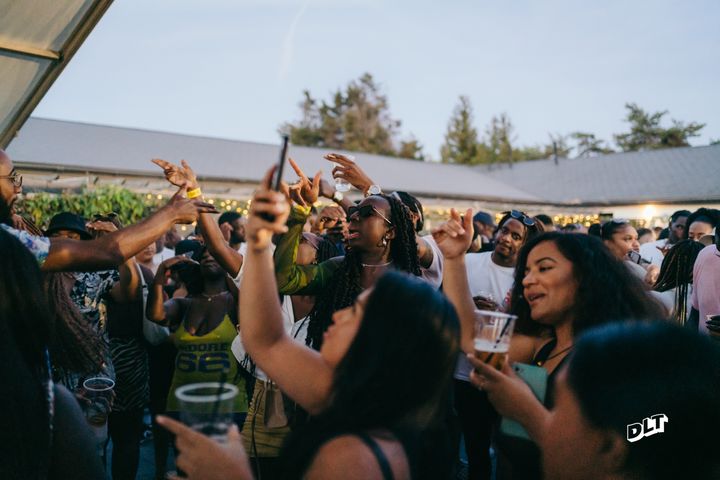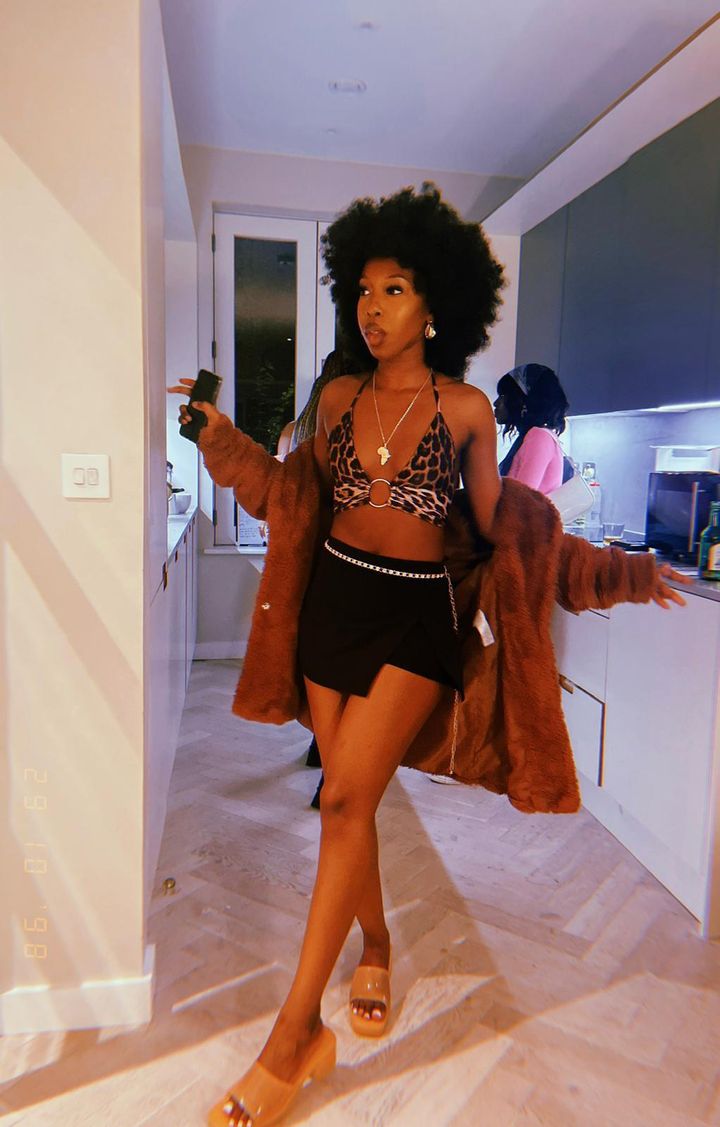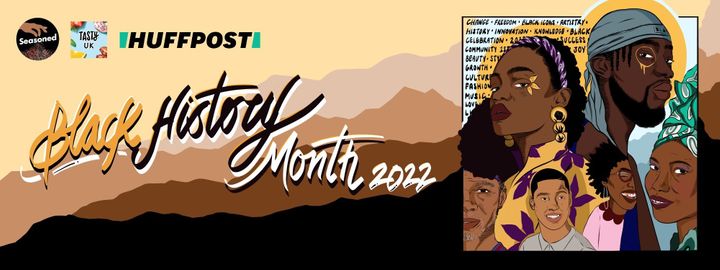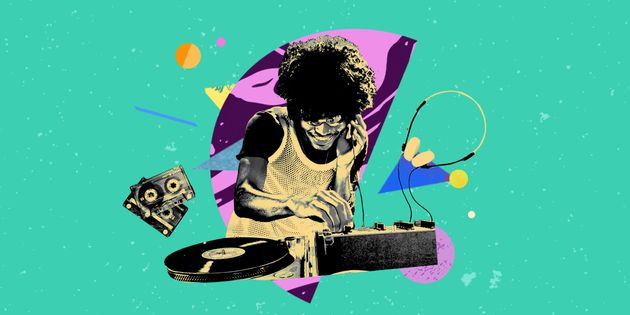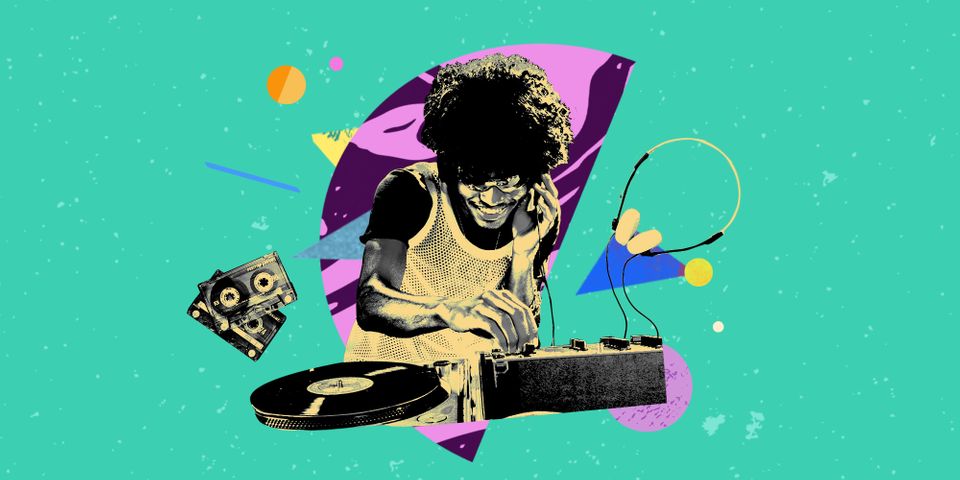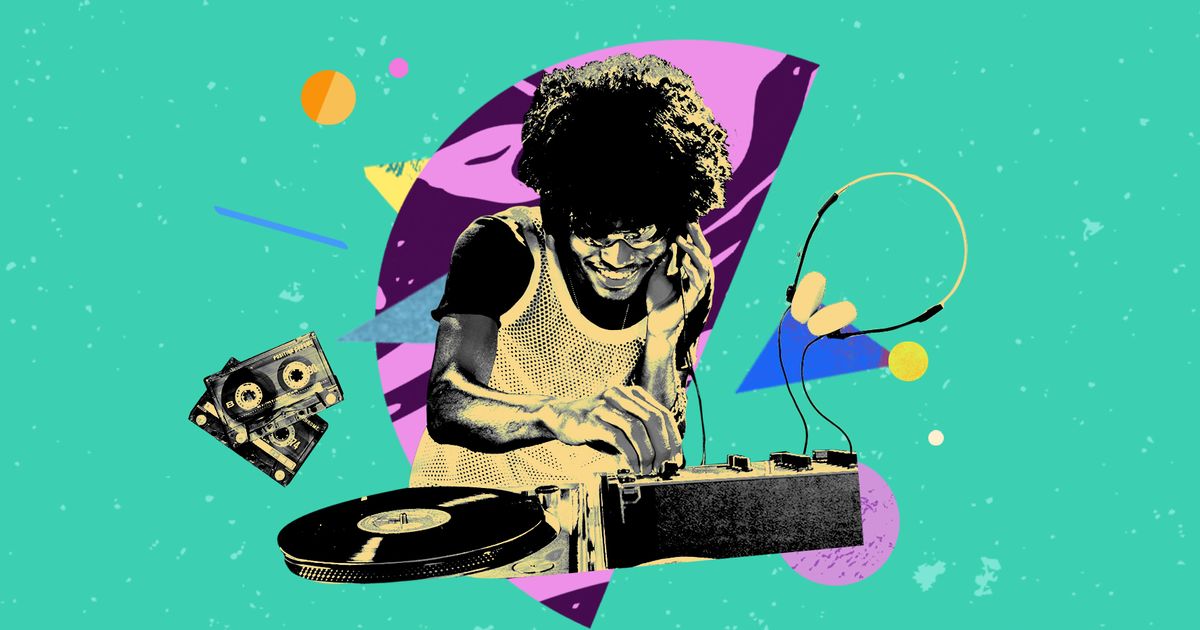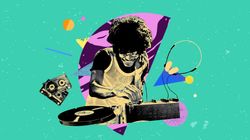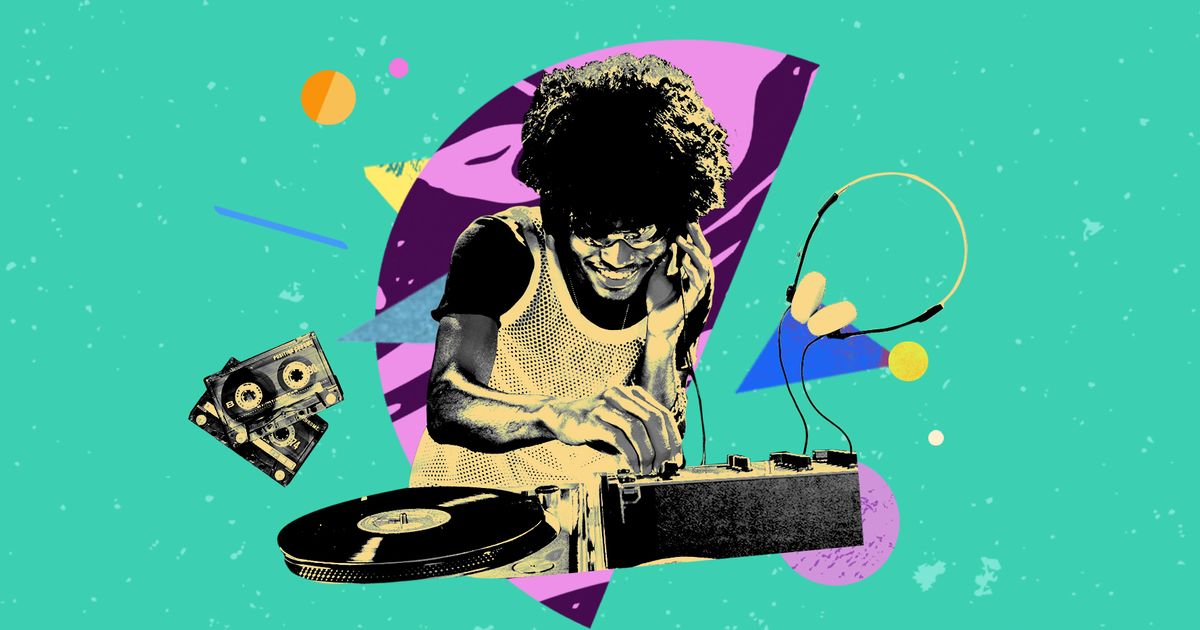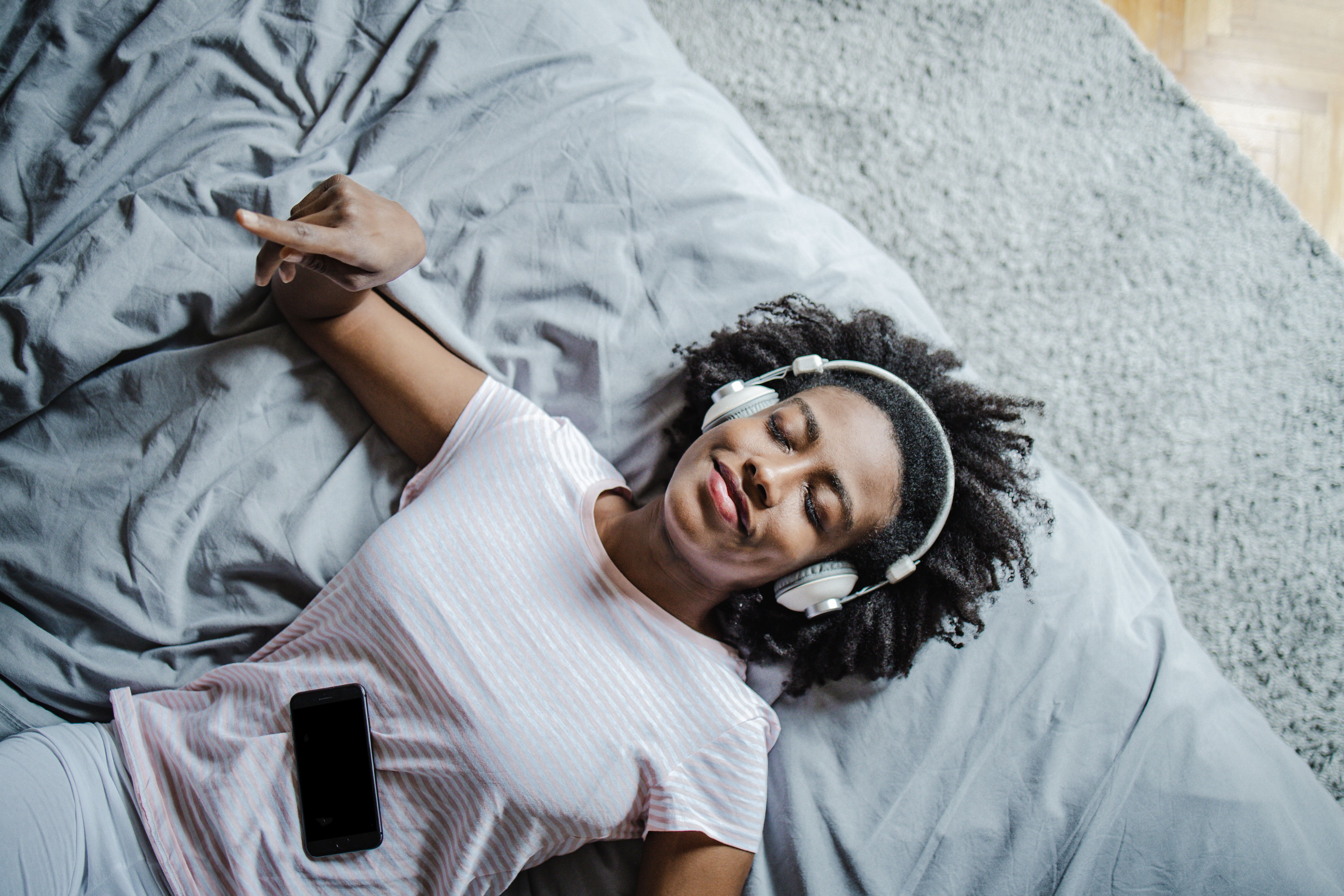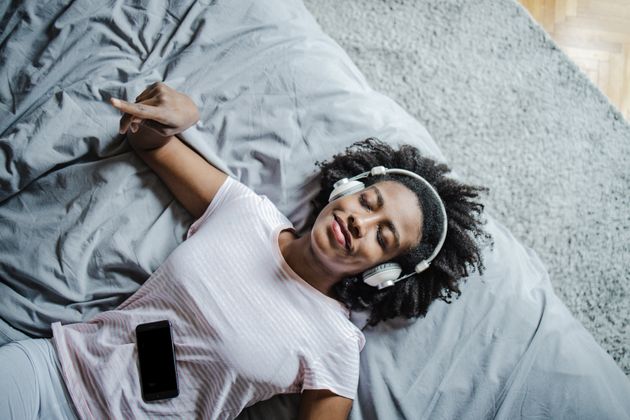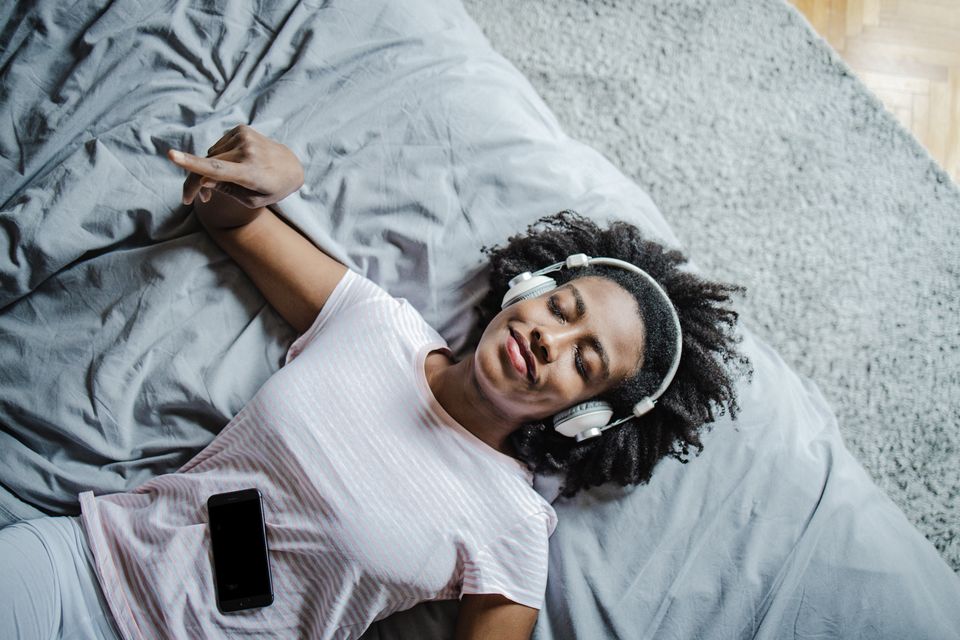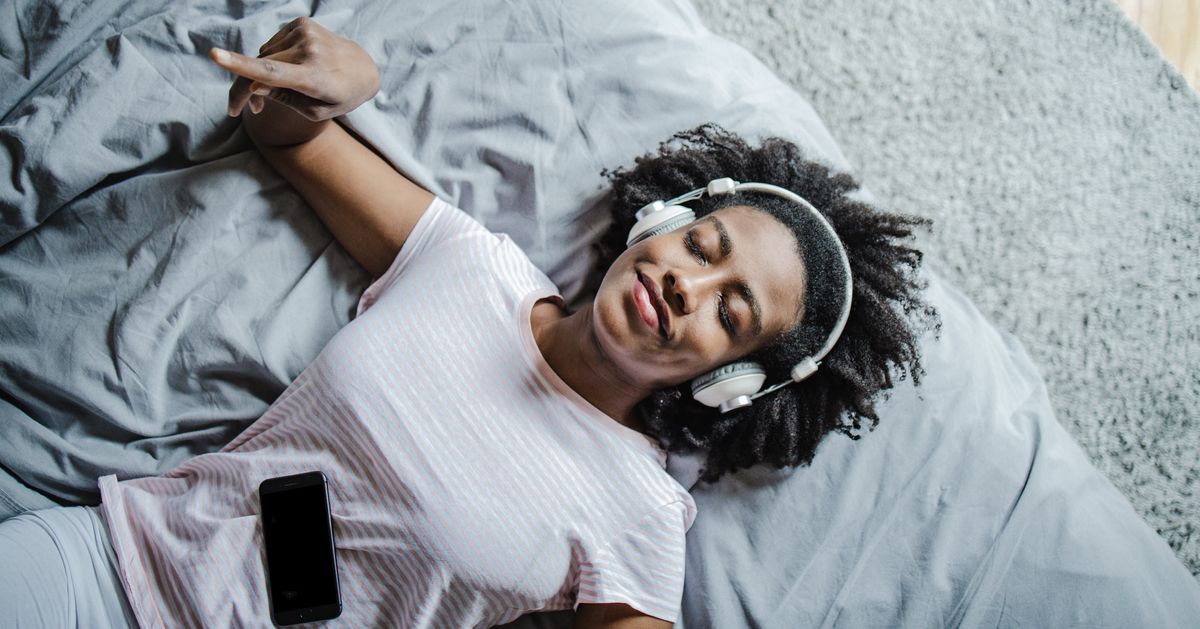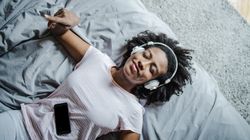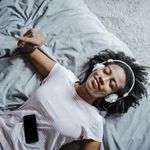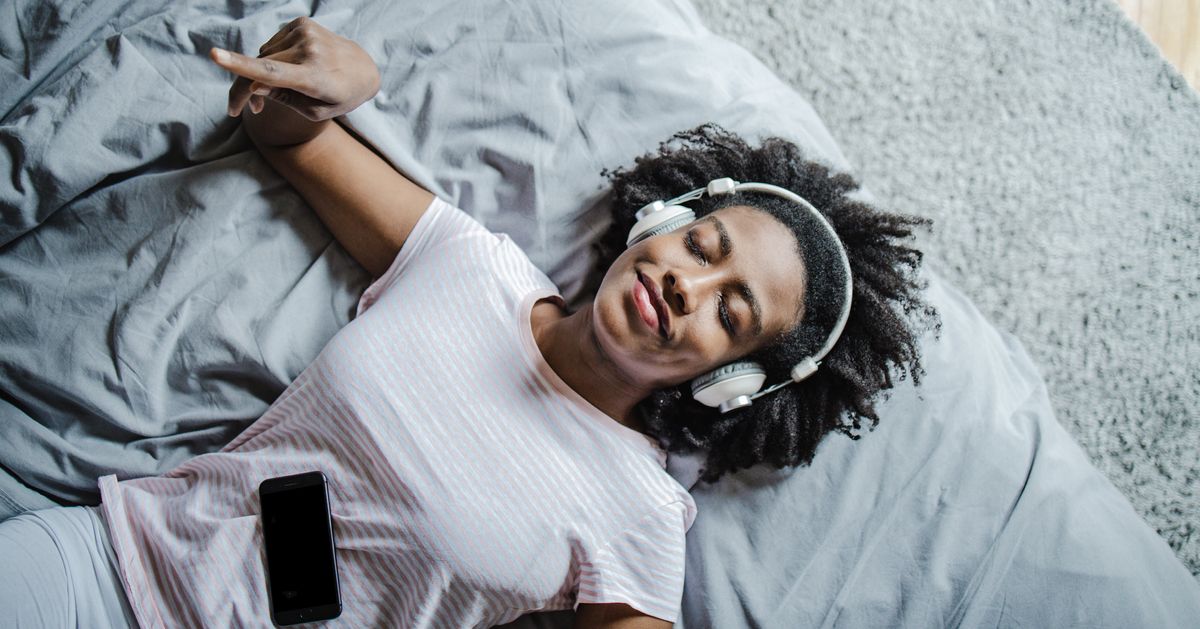<div class="js-react-hydrator" data-component-name="YouTube" data-component-id="2765" data-component-props="{"itemType":"video","index":7,"contentIndexByType":2,"contentListType":"embed","code":"
","type":"video","meta":{"author":"WhamVEVO","author_url":"https://www.youtube.com/channel/UCm1QnxCbcLB8fQwoTDk39iQ","cache_age":86400,"description":"Wham! – Last Christmas (Official Video)\nWHAM! The Singles: Echoes From The Edge Of Heaven: https://wham.lnk.to/TheSingles\nStream and download here: https://Wham.lnk.to/Playlists\nSubscribe to the Wham! YouTube Channel: https://Wham.lnk.to/YT_Subscribe \n \nWATCH LAST CHRISTMAS 4K MUSIC VIDEO ► https://Wham.lnk.to/lastchristmasplaylistAY \nWATCH CARELESS WHISPER HD MUSIC VIDEO ► https://GeorgeMichael.lnk.to/carelessplaylistAY \nWATCH WAKE ME UP HD MUSIC VIDEO ► https://Wham.lnk.to/toptracksplaylistAY \nWATCH CLUB TROPICANA 4K MUSIC VIDEO ►https://Wham.lnk.to/ctplaylistAY \n \nFollow Wham!:\nTik Tok – https://www.tiktok.com/@wham\nInstagram – https://www.instagram.com/whamofficial\nTwitter – https://twitter.com/WhamOfficial_\nFacebook – https://www.facebook.com/Wham\n \n#Wham #Last Christmas #WhamOfficial #GeorgeMichael #WhamOfficialVideo #WhamLive #LastChristmas #WakeMeUpBeforeYouGoGo #WhamLastChristmas #EverythingSheWants #GeorgeMichael #AndrewRidgeley #WhamNetflix #Netflix #80sMusic\n\nLyrics\n\nLast Christmas\nI gave you my heart\nBut the very next day you gave it away\nThis year\nTo save me from tears\nI’ll give it to someone special\n\nLast Christmas\nI gave you my heart\nBut the very next day you gave it away\nThis year\nTo save me from tears\nI’ll give it to someone special\n\nOnce bitten and twice shy\nI keep my distance\nBut you still catch my eye\nTell me, baby\nDo you recognize me?\nWell, it’s been a year\nIt doesn’t surprise me\n\nHappy Christmas\n\nI wrapped it up and sent it\nWith a note saying \"I love you\"\nI meant it\nNow I know what a fool I’ve been\nBut if you kissed me now\nI know you’d fool me again\n\nLast Christmas\nI gave you my heart\nBut the very next day you gave it away\nThis year\nTo save me from tears\nI’ll give it to someone special\n\nLast Christmas\nI gave you my heart\nBut the very next day you gave it away\nThis year\nTo save me from tears\nI’ll give it to someone special\n\nOh, oh, baby\n\nA crowded room\nFriends with tired eyes\nI’m hiding from you\nAnd your soul of ice\nMy god, I thought you were someone to rely on\nMe? I guess I was a shoulder to cry on\n\nA face on a lover with a fire in his heart\nA man under cover, but you tore me apart\nNow I’ve found a real love. You’ll never fool me again\n\nLast Christmas\nI gave you my heart\nBut the very next day you gave it away\nThis year\nTo save me from tears\nI’ll give it to someone special\n\nLast Christmas\nI gave you my heart\nBut the very next day you gave it away\nThis year\nTo save me from tears\nI’ll give it to someone special\n\nA face on a lover with a fire in his heart\nI gave you my heart\nA man under cover, but you tore him apart\nMaybe next year I’ll give it to someone—\nI’ll give it to someone special\n\nSpecial\nSomeone\nSomeone\nI’ll give it to someone—\nI’ll give it to someone special\n\nWho give me something in return\nI’ll give it to someone—\nHold my heart and watch it burn\nI’ll give it to someone—\n\nI’ll give it to someone—\nI’ll give it to someone special\n\nI thought you were here to stay\nHow could you love me for a day\nI thought you were someone special\n\nGave you my heart\n\nI’ll give it to someone—\nI’ll give it to someone—\n\nLast Christmas\nI gave you my heart\nYou gave it away\n\nI’ll give it to someone—\nI’ll give it to someone—","options":{"_cc_load_policy":{"label":"Closed captions","value":false},"_end":{"label":"End on","placeholder":"ex.: 11, 1m10s","value":""},"_start":{"label":"Start from","placeholder":"ex.: 11, 1m10s","value":""},"click_to_play":{"label":"Hold load & play until clicked","value":false}},"provider_name":"YouTube","thumbnail_height":720,"thumbnail_url":"https://i.ytimg.com/vi/E8gmARGvPlI/maxresdefault.jpg","thumbnail_width":1280,"title":"Wham! – Last Christmas (Official Video)","type":"video","url":"https://www.youtube.com/watch?v=E8gmARGvPlI","version":"1.0"},"flags":[],"enhancements":{},"fullBleed":false,"options":{"theme":"news","device":"desktop","editionInfo":{"id":"uk","name":"U.K.","link":"https://www.huffingtonpost.co.uk","locale":"en_GB"},"originalEdition":"uk","slideshowAd":{"scriptTags":[],"otherHtml":""},"slideshowEndCard":{"scriptTags":[],"otherHtml":""},"isMapi":false,"isAmp":false,"isVideoEntry":false,"isEntry":true,"isMt":false,"entryId":"65844cc2e4b03e698a125383","entryPermalink":"https://www.huffingtonpost.co.uk/entry/wham-manager-reveals-why-george-michael-was-slightly-upset-by-last-christmas_uk_65844cc2e4b03e698a125383","entryTagsList":"christmas,music,george-michael,wham,@us_huffpost_now,@widget-imported","sectionSlug":"entertainment","deptSlug":null,"sectionRedirectUrl":null,"subcategories":"","isWide":false,"headerOverride":null,"noVideoAds":false,"disableFloat":false,"isNative":false,"commercialVideo":{"provider":"custom","site_and_category":"uk.entertainment","package":null},"isHighline":false,"vidibleConfigValues":{"cid":"60afc140cf94592c45d7390c","disabledWithMapiEntries":false,"overrides":{"all":"60b8e525cdd90620331baaf4"},"whitelisted":["56c5f12ee4b03a39c93c9439","56c6056ee4b01f2b7e1b5f35","59bfee7f9e451049f87f550b","5acccbaac269d609ef44c529","570278d2e4b070ff77b98217","57027b4be4b070ff77b98d5c","56fe95c4e4b0041c4242016b","570279cfe4b06d08e3629954","5ba9e8821c2e65639162ccf1","5bcd9904821576674bc55ced","5d076ca127f25f504327c72e","5b35266b158f855373e28256","5ebac2e8abddfb04f877dff2","60b8e525cdd90620331baaf4","60b64354b171b7444beaff4d","60d0d8e09340d7032ad0fb1a","60d0d90f9340d7032ad0fbeb","60d0d9949340d7032ad0fed3","60d0d9f99340d7032ad10113","60d0daa69340d7032ad104cf","60d0de02b627221e9d819408"],"playlists":{"default":"57bc306888d2ff1a7f6b5579","news":"56c6dbcee4b04edee8beb49c","politics":"56c6dbcee4b04edee8beb49c","entertainment":"56c6e7f2e4b0983aa64c60fc","tech":"56c6f70ae4b043c5bdcaebf9","parents":"56cc65c2e4b0239099455b42","lifestyle":"56cc66a9e4b01f81ef94e98c"},"playerUpdates":{"56c6056ee4b01f2b7e1b5f35":"60b8e525cdd90620331baaf4","56c5f12ee4b03a39c93c9439":"60d0d8e09340d7032ad0fb1a","59bfee7f9e451049f87f550b":"60d0d90f9340d7032ad0fbeb","5acccbaac269d609ef44c529":"60d0d9949340d7032ad0fed3","5bcd9904821576674bc55ced":"60d0d9f99340d7032ad10113","5d076ca127f25f504327c72e":"60d0daa69340d7032ad104cf","5ebac2e8abddfb04f877dff2":"60d0de02b627221e9d819408"}},"connatixConfigValues":{"defaultPlayer":"8b034f64-513c-4987-b16f-42d6008f7feb","clickToPlayPlayer":"5a777b9b-81fe-41a6-8302-59e9953ee8a2","videoPagePlayer":"19654b65-409c-4b38-90db-80cbdea02cf4"},"customAmpComponents":[],"ampAssetsUrl":"https://amp.assets.huffpost.com","videoTraits":null,"positionInUnitCounts":{"buzz_head":{"count":0},"buzz_body":{"count":0},"buzz_bottom":{"count":0}},"positionInSubUnitCounts":{"article_body":{"count":8},"blog_summary":{"count":0},"before_you_go_slideshow":{"count":0}},"connatixCountsHelper":{"count":1},"buzzfeedTracking":{"context_page_id":"65844cc2e4b03e698a125383","context_page_type":"buzz","destination":"huffpost","mode":"desktop","page_edition":"en-uk"},"tags":[{"name":"Christmas","slug":"christmas","links":{"relativeLink":"news/christmas","permalink":"https://www.huffingtonpost.co.uk/news/christmas","mobileWebLink":"https://www.huffingtonpost.co.uk/news/christmas"},"relegenceId":5556441,"relegenceSubjectId":978615,"section":{"title":"Life","slug":"lifestyle"},"topic":{"title":"Christmas","slug":"christmas","overridesSectionLabel":false},"url":"https://www.huffingtonpost.co.uk/news/christmas/"},{"name":"Music","slug":"music","links":{"relativeLink":"news/music","permalink":"https://www.huffingtonpost.co.uk/news/music","mobileWebLink":"https://www.huffingtonpost.co.uk/news/music"},"relegenceSubjectId":981391,"section":{"title":"Entertainment","slug":"entertainment"},"topic":{"title":"Music","slug":"ukmusic","overridesSectionLabel":false},"url":"https://www.huffingtonpost.co.uk/news/ukmusic/"},{"name":"george michael","slug":"george-michael","links":{"relativeLink":"news/george-michael","permalink":"https://www.huffingtonpost.co.uk/news/george-michael","mobileWebLink":"https://www.huffingtonpost.co.uk/news/george-michael"},"relegenceId":1038506,"section":{"title":"Entertainment","slug":"entertainment"},"topic":{"title":"George Michael","slug":"george-michael","overridesSectionLabel":false},"url":"https://www.huffingtonpost.co.uk/news/george-michael/"},{"name":"Wham!","slug":"wham","links":{"relativeLink":"news/wham","permalink":"https://www.huffingtonpost.co.uk/news/wham","mobileWebLink":"https://www.huffingtonpost.co.uk/news/wham"},"relegenceId":1223703,"url":"https://www.huffingtonpost.co.uk/news/wham/"}],"isLiveblogLive":null,"cetUnit":"buzz_body","bodyAds":["
\r\n\r\n HPGam.cmd.push(function(){\r\n\t\treturn HPGam.render(\"inline-1\", \"entry_paragraph_1\", false);\r\n });\r\n\r\n","
\r\n\r\n HPGam.cmd.push(function(){\r\n\t\treturn HPGam.render(\"inline\", \"entry_paragraph_2\", false);\r\n });\r\n\r\n","
\r\n\r\n HPGam.cmd.push(function(){\r\n\t\treturn HPGam.render(\"inline-2\", \"entry_paragraph_3\", false);\r\n });\r\n\r\n","
\r\n\r\n HPGam.cmd.push(function(){\r\n\t\treturn HPGam.render(\"inline-infinite\", \"repeating_dynamic_display\", false);\r\n });\r\n\r\n"],"adCount":0},"isCollectionEmbed":false}”>
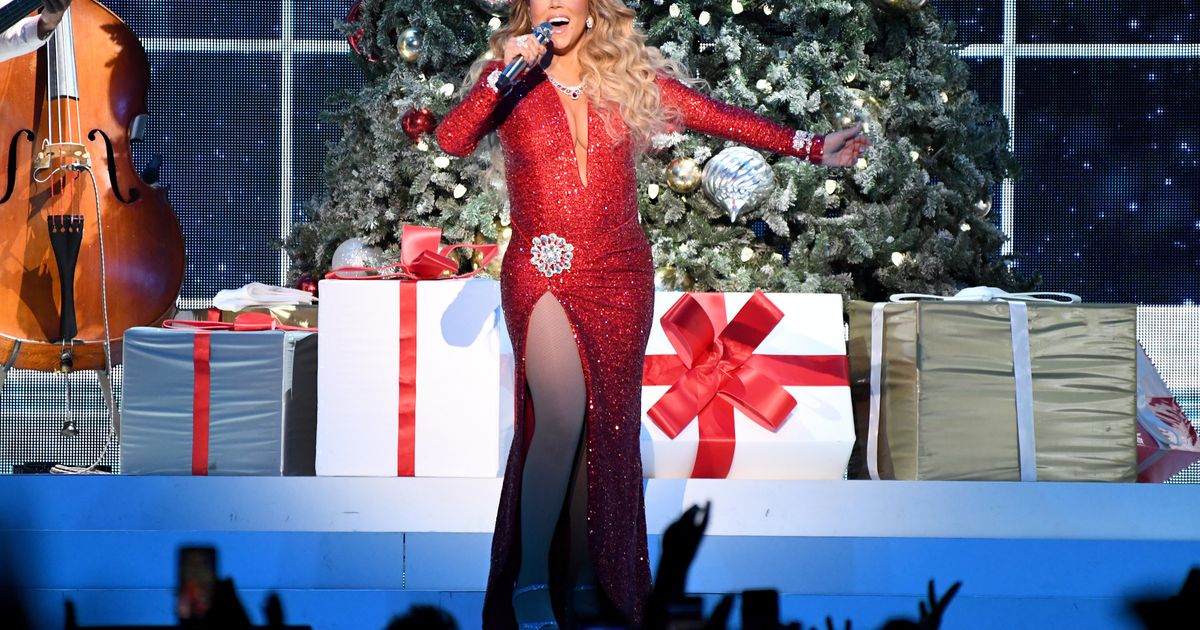

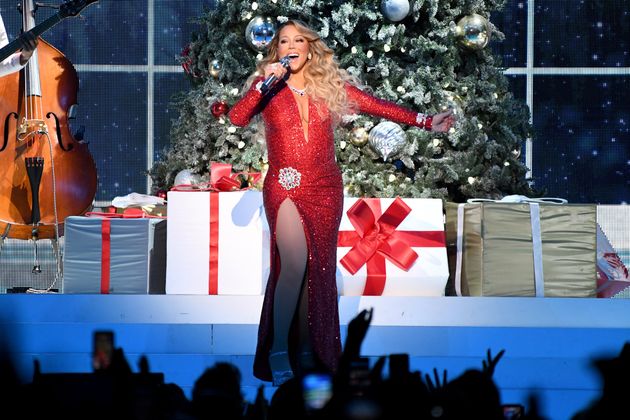

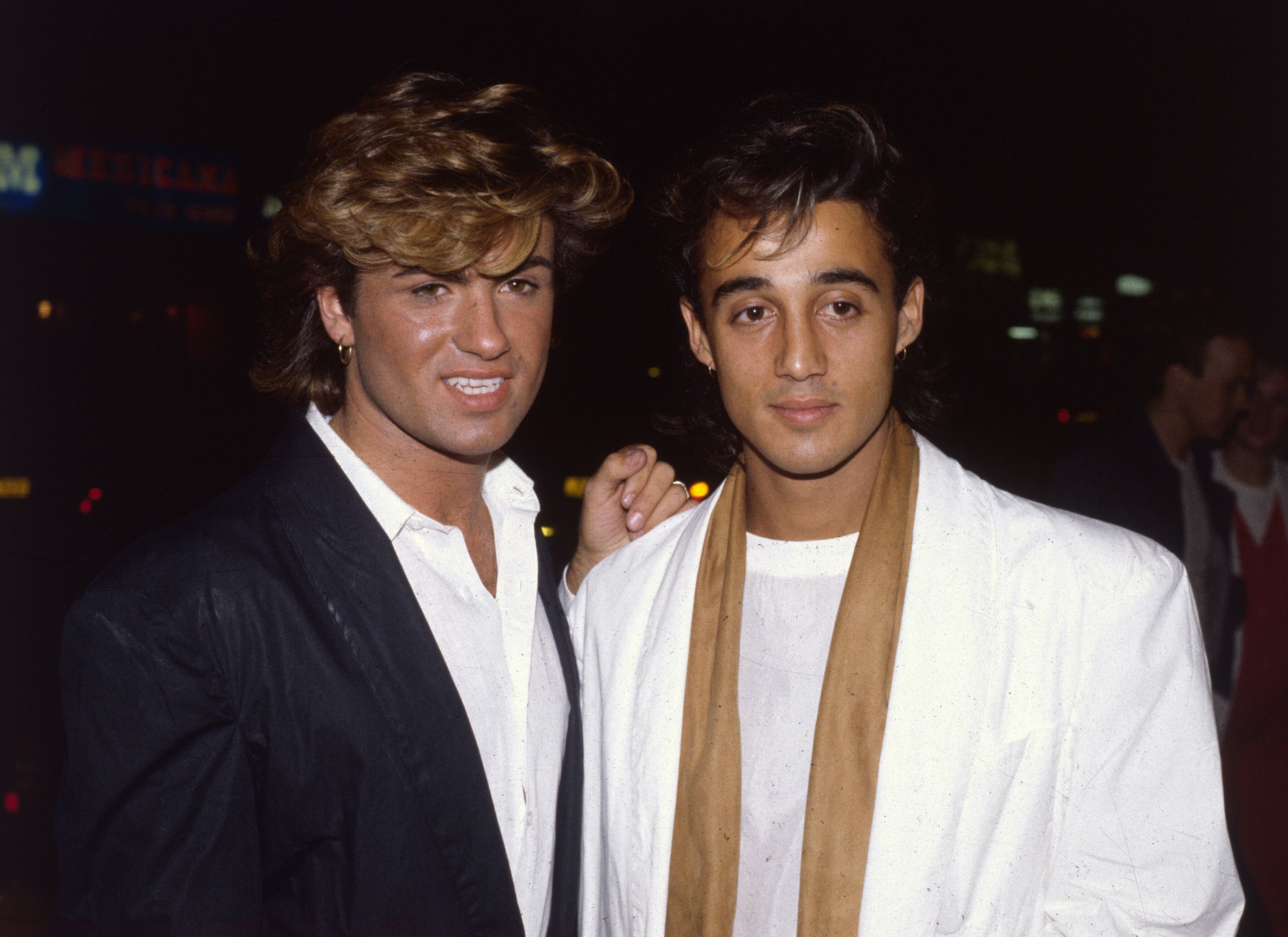
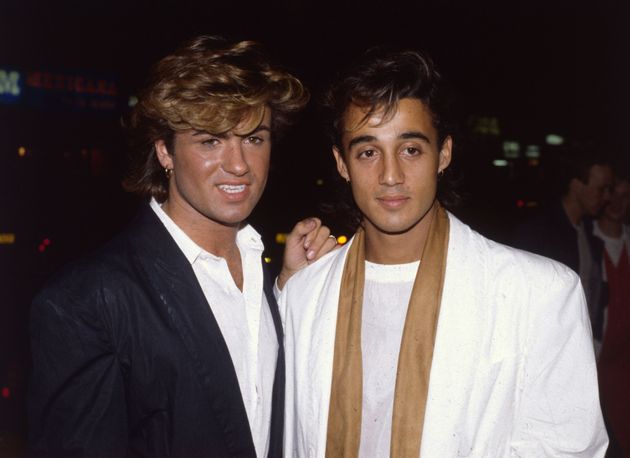
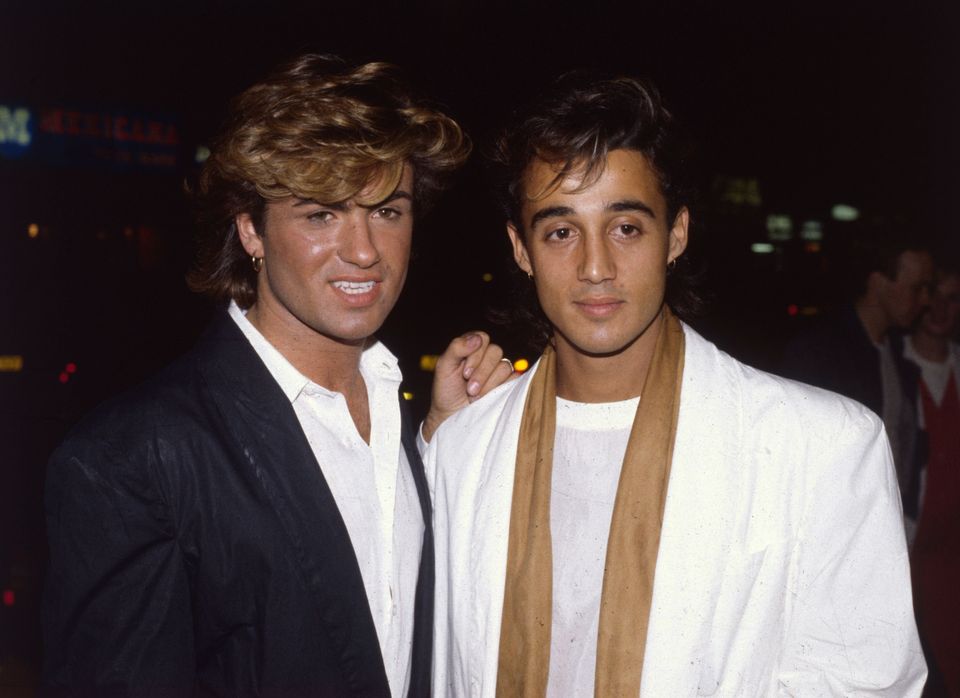
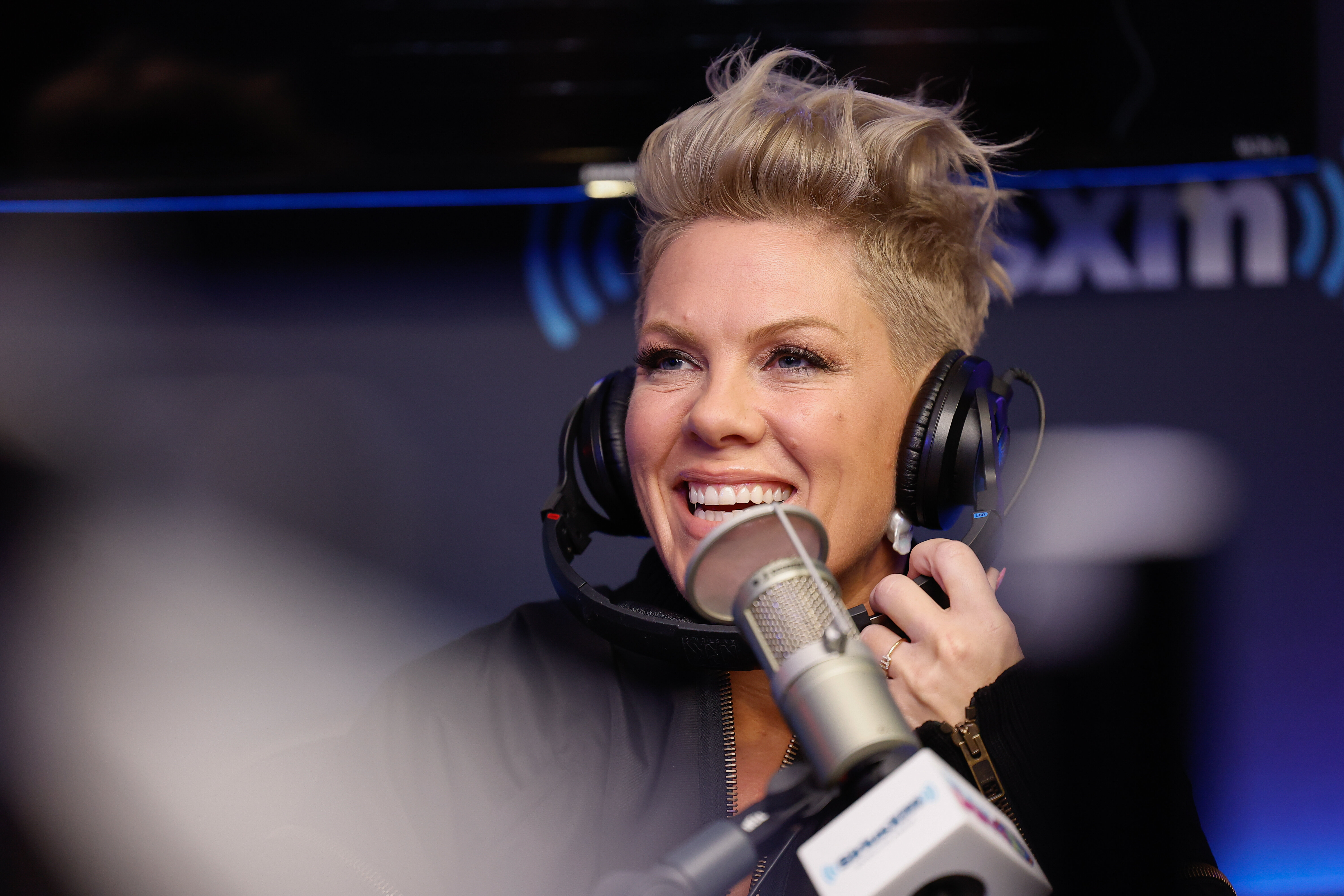

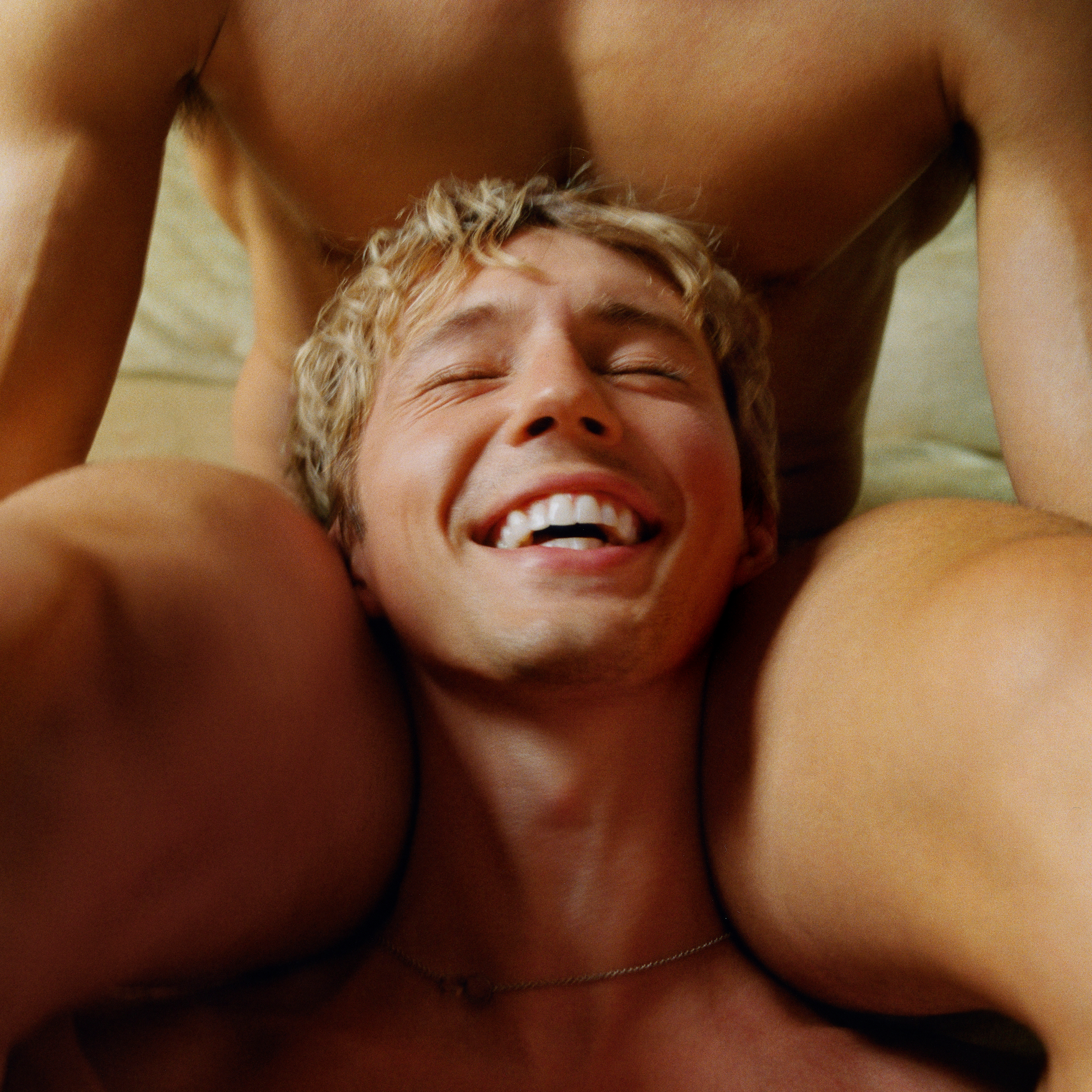




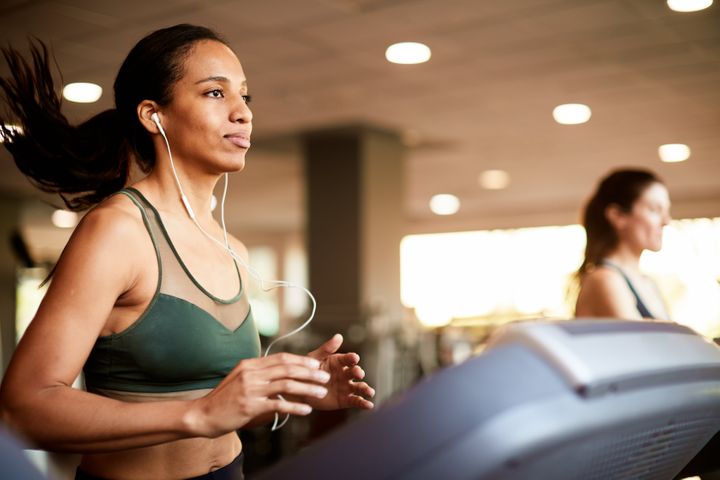

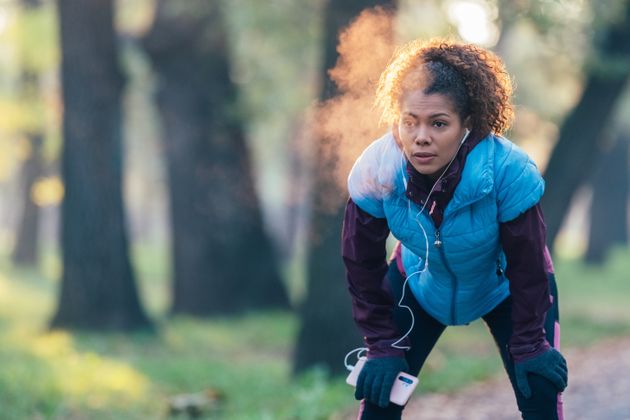
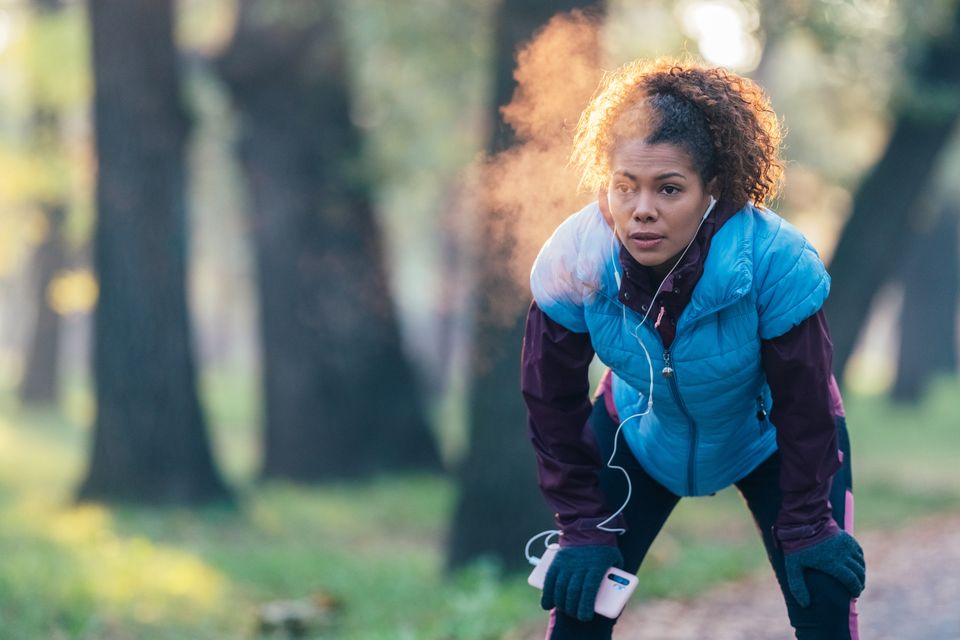
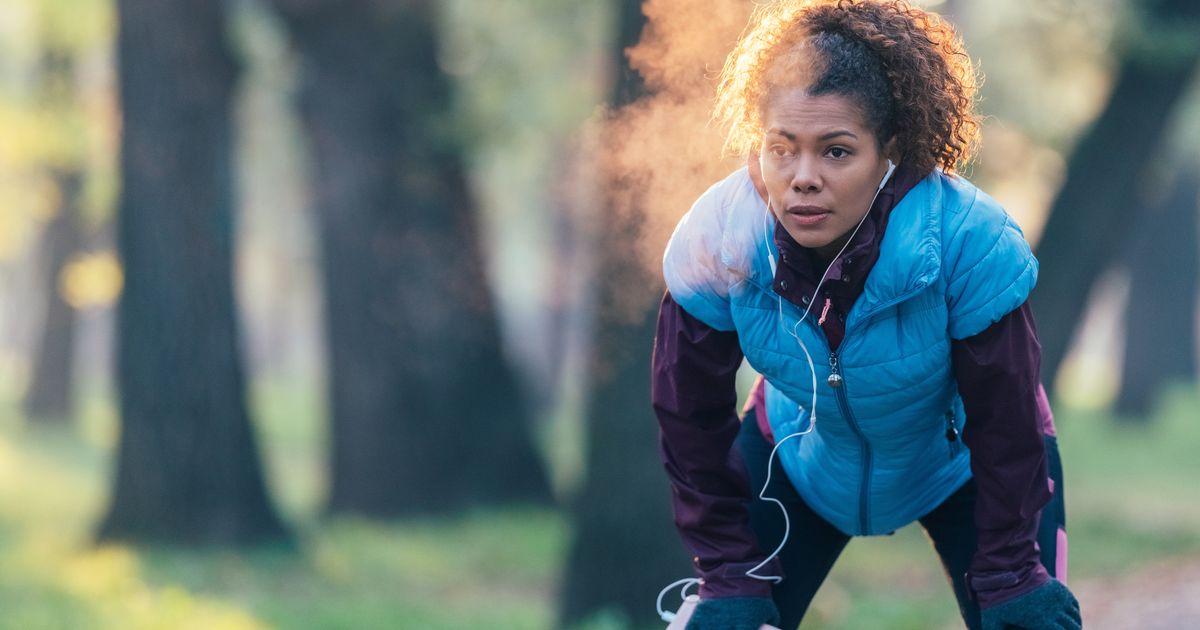
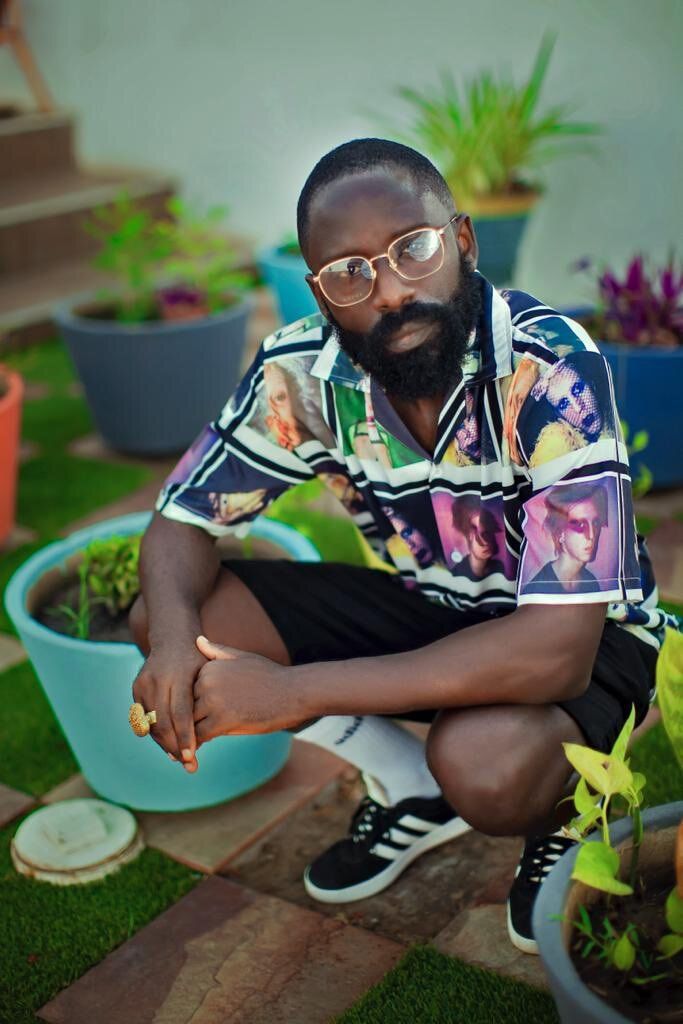
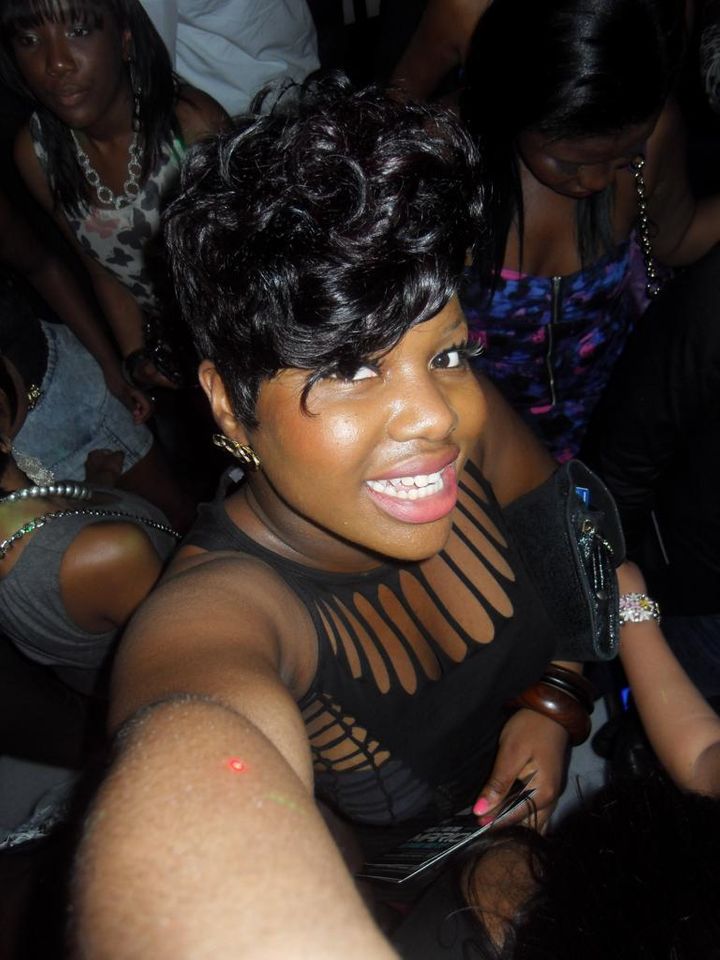

 ISLAND PRINCESS
ISLAND PRINCESS  Vibe Minister (@tiandemi)
Vibe Minister (@tiandemi) 